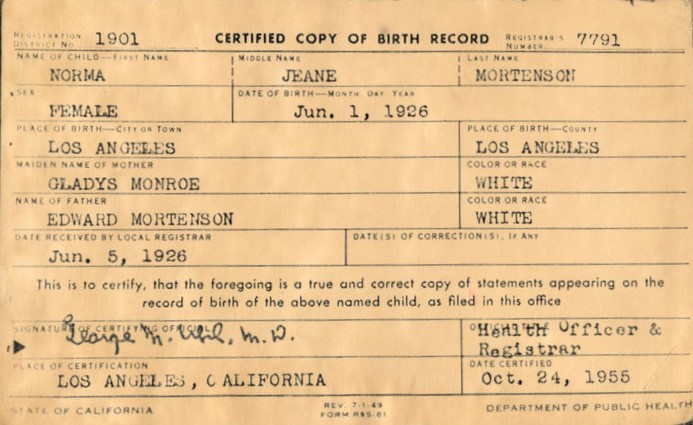
Are you in need of new ways to climb over your genealogical brick wall? Scaffolding can be a beneficial tool to help you reach new heights.When you think of scaffolding, you probably visualize the movable structure workers use to safely access high areas. In the education world, scaffolding means breaking learning into smaller, simpler parts with assistance added to reach mastery. In both examples, the supports are temporary and adjustable. Try these genealogical scaffolding techniques to yield great finds:
- Look again at what you know. Reviewing documents you’ve previously gathered may provide a more complete picture of an individual's life experiences. For example, take a close look at the death certificate for my great grandfather, Francis Marion Landfair:

Notice the underlined handwritten number "185" written next to Contributory (Secondary)? It’s an important clue that I originally thought was insignificant. To discover the number’s meaning, I must check the medical codes used on death certificates at the time the document was issued. The International Classification List of Diseases (ICLD) can be found at http://www.wolfbane.com/icd/index.htm. Since my great grandfather died in 1925, I would select the ICLD Revision 3 that was in effect from 1920-1928. A code of 185 means an accidental injury by fall. Without looking up the code, I wouldn’t have known the circumstances leading to my great grandfather's death. With this newly gained knowledge, I checked again with the Department of Health’s office and learned that more death records were available:

The Death - Additional Information page, completed nearly 5 months after the death certificate's filing, was understandably missed by the clerk when I made my first request.
- Use a multisensory approach. Sure, you’re seeing the research plan in front of you but kick your brain into high gear by using more than your eyes. Hearing the steps you’ve accomplished by reading aloud may help direct your next course of action. Add a tactile approach by physically arranging the documents you've acquired into a timeline so that any holes will become more apparent. There’s a reason realtors recommend baking before hosting an open house. The sense of smell and taste often evokes pleasant memories. Try bringing a favorite family dish to help rekindle recollections for a relative you'll be interviewing.
- Connect with a crackerjack. If you're still stuck, check out an online demo video or read a journal article to learn how others have solved their quandary. Your problem-solving skills will improve and new ideas may be sparked. Better yet, connect with individuals who are experienced with your ancestor's region and time period. Specific knowledge expertise yielded a bonanza for me!
Interested in finding a baptismal certificate, I contacted a denomination where my ancestor had lived. Although one wasn't available, the minister forwarded my request for "any other information" to the church historian who located a church function group photo from 1925 of the person I was seeking. Not only was this the only known picture of that individual, I discovered another church member had donated a diary which confirmed vital record dates for the family that church and government agencies did not have.
- Take time to talk. By speaking with extended family, I gained valuable knowledge about close relatives. My husband's aunt, the last survivor of 7 siblings, had shared her research with me before she passed away. I thought she had shared everything but I was wrong. In speaking with a second cousin, I learned that Aunt Ruby had corresponded via snail mail with the cousin's grandmother during the 1960's. One of the letters mentioned a previously unknown to me family member's marriage and helped explain why some of the family settled in the southwest.
- Use visual aids. Charts, tables and graphs are useful tools to help you look at your mystery in a different way. Many are accessible for free online. Maps are another resource that enables you to easily visualize boundary lines, distances and terrain. Don’t overlook contacting the cemetery office for burial plot maps. Markers may have sunk or never been installed and individual burial cards may have been lost or misfiled. A name scribbled on a plot map may be the key to the information you seek.
- Slow down. Genealogy is never finished so don't fear you won’t get over your wall immediately. Once you’ve organized your research, put it away. Letting that line lay low for a while is not a problem. With new records being added and long lost family reconnecting online, sometimes the best way to make your discovery is by just being patient.




